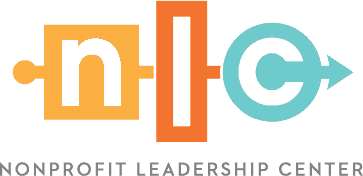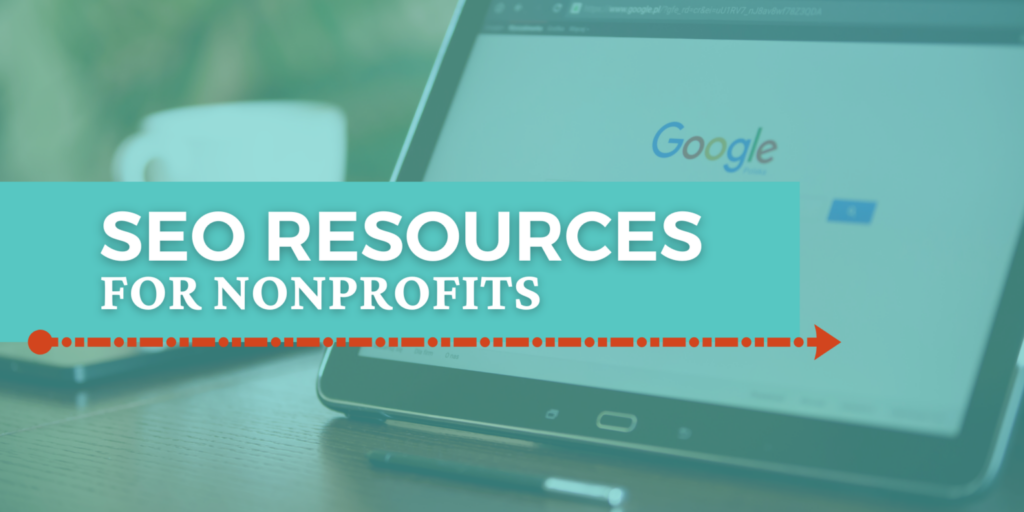Google is consistently the top-visited website in the U.S., and search engines drive the majority of all website traffic. Have you ever wondered how to get your nonprofit to rank higher on Google or to show up on the first page of search results? One of the answers lies in mastering SEO.
Search engine optimization, also known as SEO, is the process of maximizing the number of visitors to your website by implementing strategies that will help it appear higher on the list of search engine results. It serves to increase the quantity and quality of website traffic by understanding what people are searching for and then delivering answers through quality content.
Unlike search engine marketing (SEM), which uses paid advertising to appear in search results and immediately loses visibility when no longer supported by a financial spend, SEO is one of the only marketing strategies that can continue to drive website traffic and results over time when set up correctly. Not only do organic search results appear more credible and savvy to searchers, they typically receive more clicks than paid ads.
READ NEXT: How to Create Breakthrough Communications on a Budget
How SEO Works
1. Conduct keyword research: Using online research tools like Google’s free Keyword Planner, you can determine the keywords people are using when they search on Google and Bing for information that is relevant to your mission and brand.
2. Develop content that uses keywords: Using the search terms identified during your keyword research, develop content that includes those terms and answer the questions people are asking in their online searches. This may include updating or creating new pages or blog posts/articles on your website.
3. Support your content with the Google Ad Grant: Many nonprofits are eligible for a Google Ad Grant, which provides $10,000 in free search advertising to help boost your organization’s visibility by driving increased website traffic through search.
4. Assess content performance: Using online tools like Google Analytics that track website visitors and the actions they take on your site, review how your content is performing. Are users taking the desired action or another action (e.g., signing up for email, making a donation)? Are they staying on your site by visiting another page, or are they leaving quickly?
5. Update content as needed: If visitors aren’t taking your desired actions on the content pages you’ve optimized, consider testing alternate calls to action, reviewing keyword integration or adding additional elements like a sign-up form or lightbox (pop-up).
SEO Resources for Nonprofits
Mastering SEO takes subject matter expertise and a lot of time to learn and implement. These resources from Community Boost are a great place to learn more about search engine optimization and how to get started.
- Nonprofit Accelerator: Provides coaches, courses and a community to help nonprofits improve their digital marketing, including SEO and strategic content development

